We have to be back for another amazing list of the surprising facts you didn’t knew about Lockheed SR-71 Blackbird because this aircraft is too legendary to have so many of them.
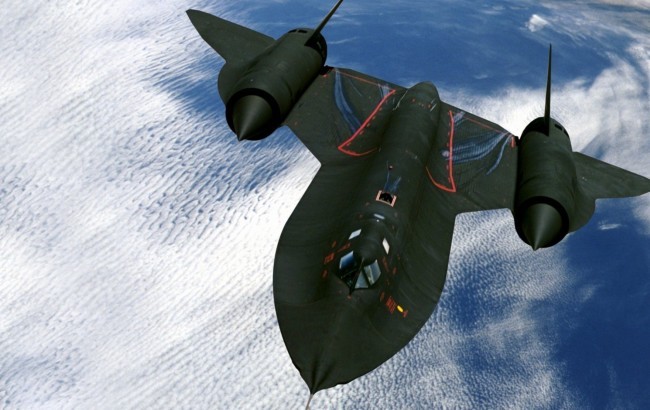
Each and every fact about this aircraft is so great that it is hard to remain a secret. So let’s hope that you guys enjoy this list of surprising facts you didn’t knew about Lockheed SR-71 Blackbird (Part 2) as well.
Only 3 pilots to fly 1000 flight hours:-

Nearly 19 pilots of the legendary SER-71 Blackbird have reached the mark of 900 flight hours each but there were 3 amazing pilots who have reached the high mark of making it 1000 flight hours each in the SR-71 Blackbird. This is an amazing accomplishment for any pilot to have achieved in an aircraft reached as the most legendary aircraft in the history of aviation.

The SR-71A happens to have more accumulated flight hours while SR-71 B and SR-71 C Blackbirds have been flown for most individual flight hours. Each of these two variants has flown nearly 3967.5 flight hours each. The fewest flight hours for which an SR-71A flew was a model no. 61-7966 which flew for 64.4 hours. Pilots seated inside the SR-71 Blackbird had to wear the same Space suits as they were in the U-2 due to the immense pressure of altitude.
Skin Temperatures reaching to an extremely high:-
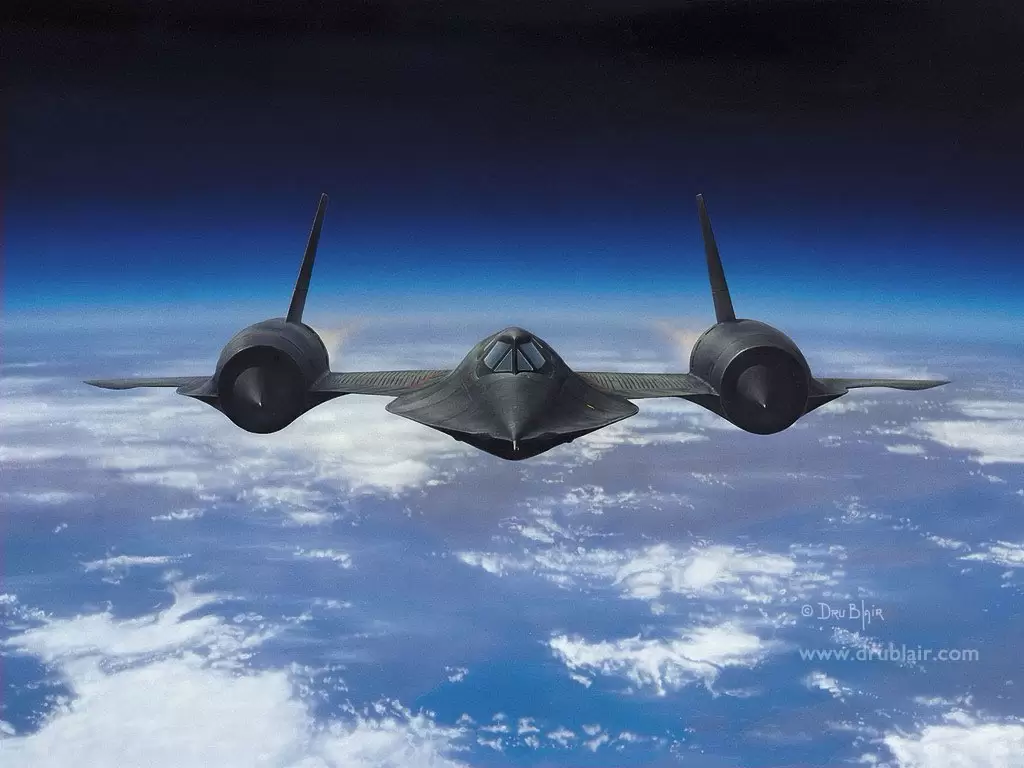
The aircraft usually flew at high altitude and at high speeds. During such flights, the friction caused by these two factors tended to cause the airframe to be heated up with many parts reaching the temperature of nearly 400 to 500 degrees Fahrenheit while the parts above the engines reached as the scorching temperature of 1000 degrees.
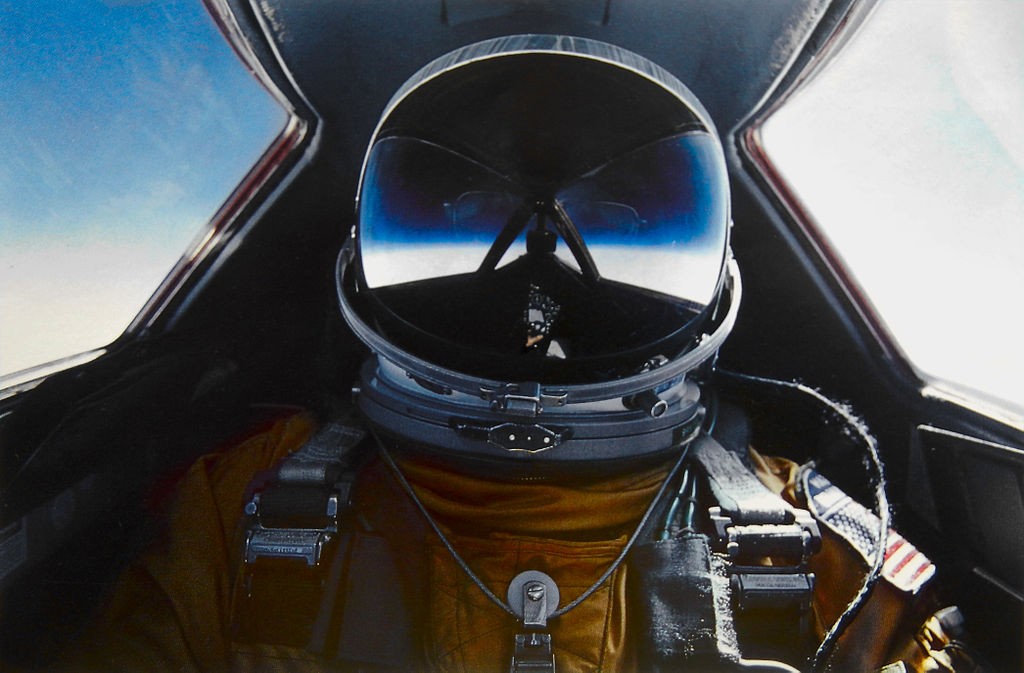
The average skin temperature for the entire plane was recorded to be a little over 600 degrees. Even the glass cockpit which was made from Quartz and was 1.25 inches in thickness would become so hot that it was impossible to touch it from the inside. Even if the pilots who wore thick gloves and were seated inside could not keep their hands on the glass for more few seconds without getting damage.
Comprised mostly of Titanium:-
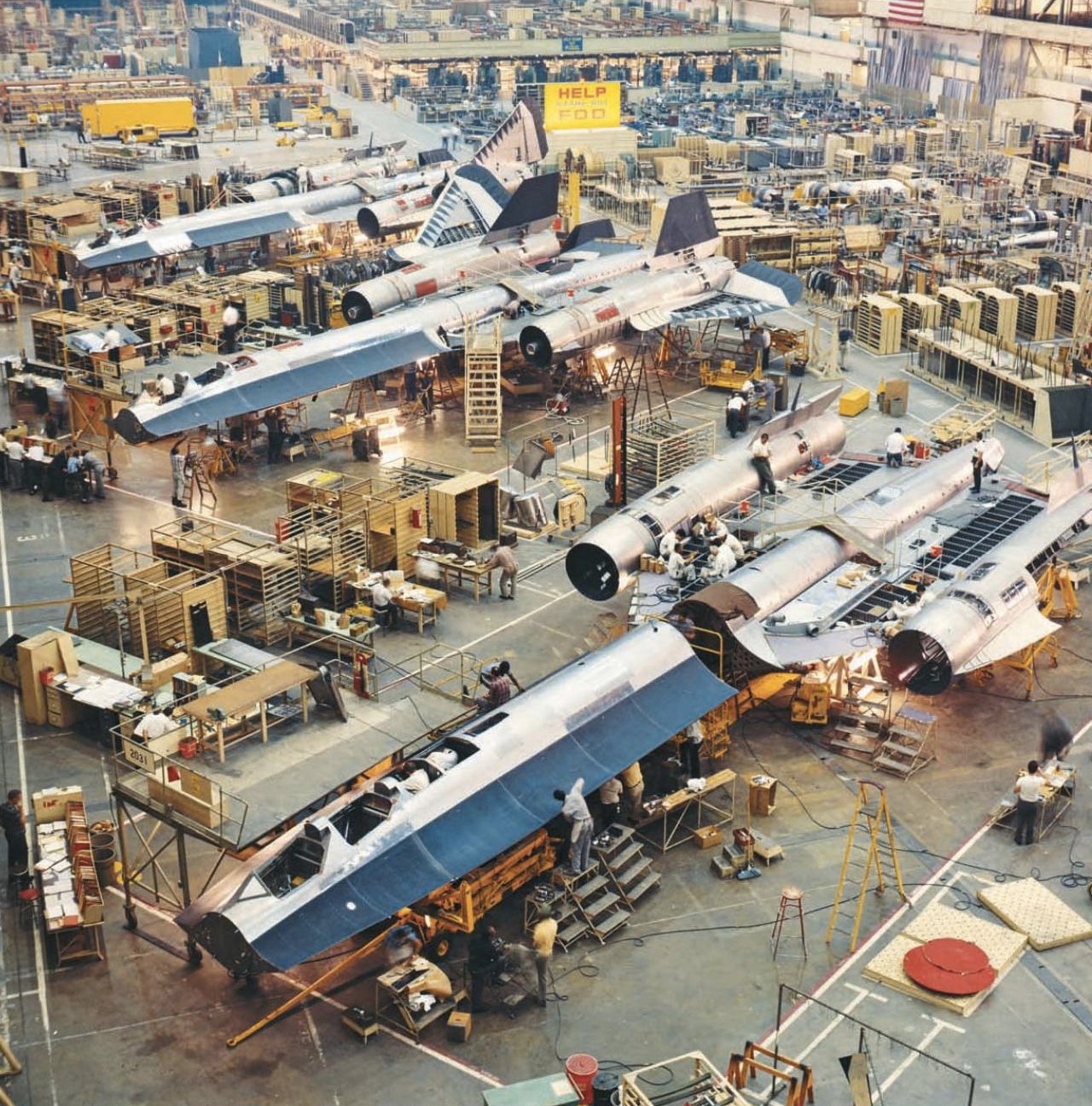
The only alloy that could fulfill the aircraft’s mission objectives for operating on high speed and altitude was Titanium that was extensively sued in the manufacturing of this aircraft. In fact, the alloy was used to create nearly 93 percent of the entire SR-71 Blackbird.
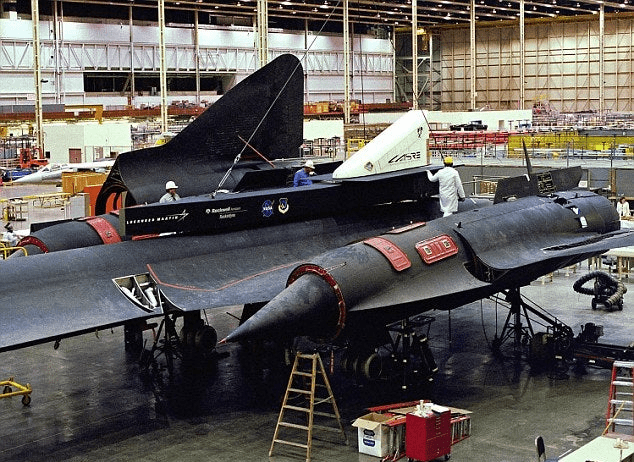
Simply take out the glass cockpit and the materials needed for landing gears, the entire aircraft was essentially built by the use of titanium alloy. The use of titanium alloy was considered in the manufacturing of SR-71 Blackbird at that time because of its following properties.
- Resistance to high corrosion
- Overall high strength
- Low gravity
In addition to these, titanium was also a non-magnetic as well as a bio-compatible material.
Fueled in the air before a mission:-
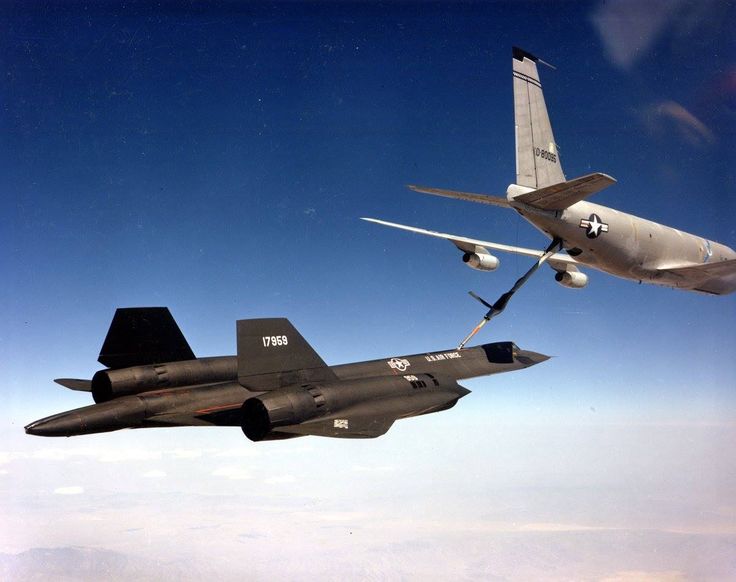
Nearly 12 of the SR-71 Blackbirds were lost in their operation and nearly 4 of them suffered from tire failure. The reason was that the aircraft was to take flight with a fuel of nearly 80000 pounds that resulted in the tires to have disproportionate pressure on them thus causing them to fail when landing. In order to counter this issue, the fuel for the aircraft was reduced to nearly half at 40000 pounds and the aircraft was then refueled midair before it left for its mission.
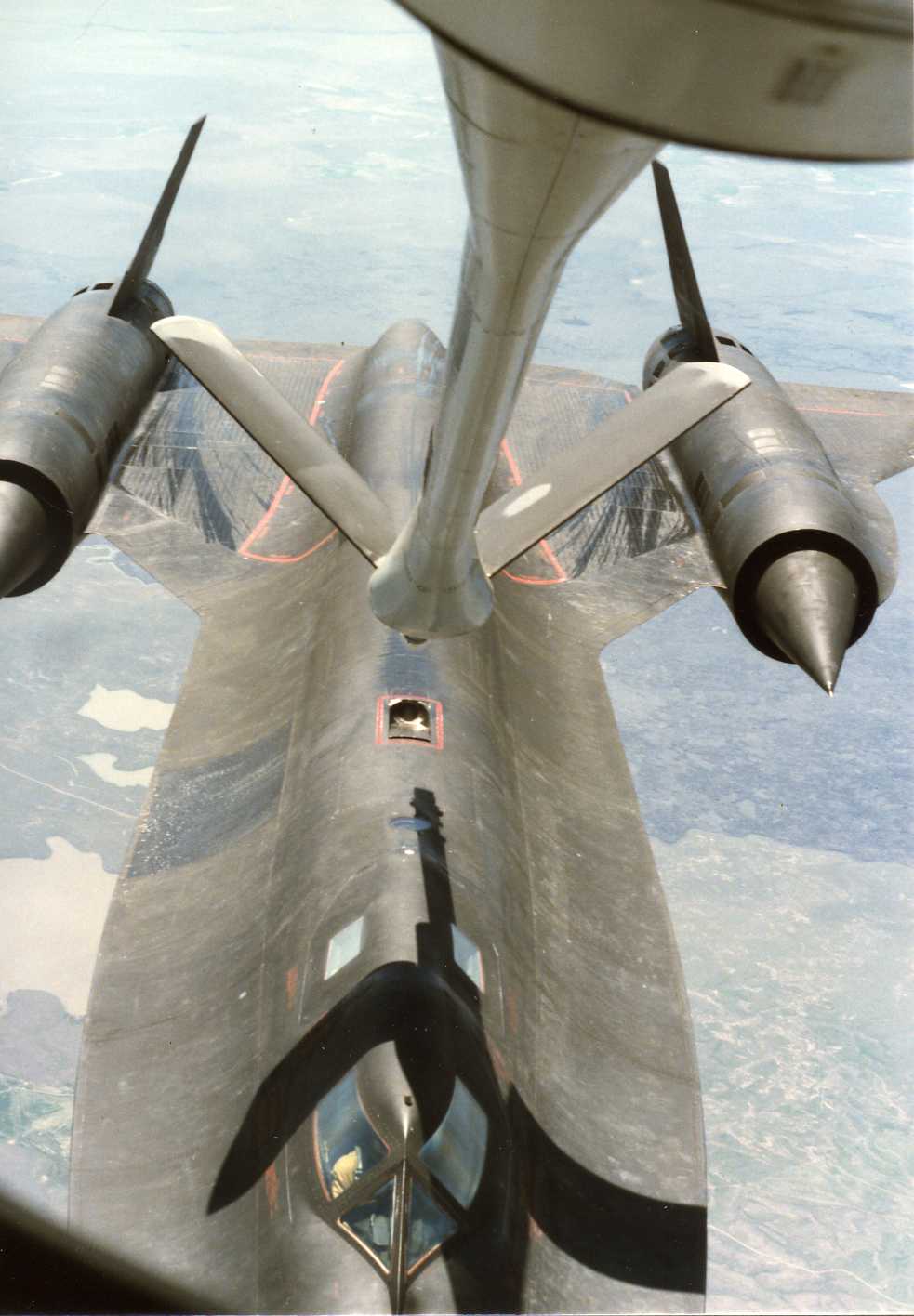
Still, the aircraft would often lose an engine during or after its takeoff due to there not being enough airflow across the aircraft for it to maintain its stability. It resulted in the aircraft to roll over and crash on itself.

Tires inflated with Nitrogen:-
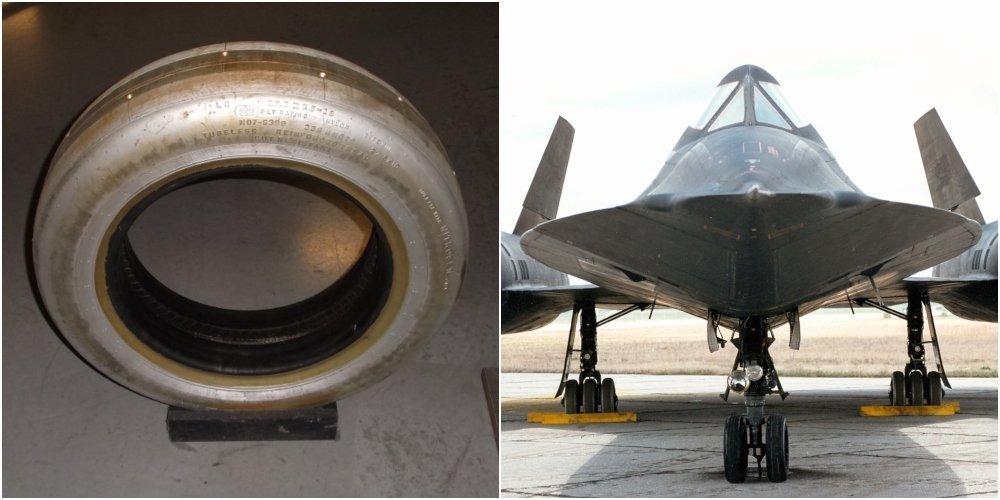
With all the high speed that SR-71 Blackbird would fly, it caused the tires of the aircraft to also get heated up immensely just like its airframe, despite the tires being housed inside a cell. If these tires were inflated with normal oxygen, then it would have seeped out of them even while the landing gear was being retracted.
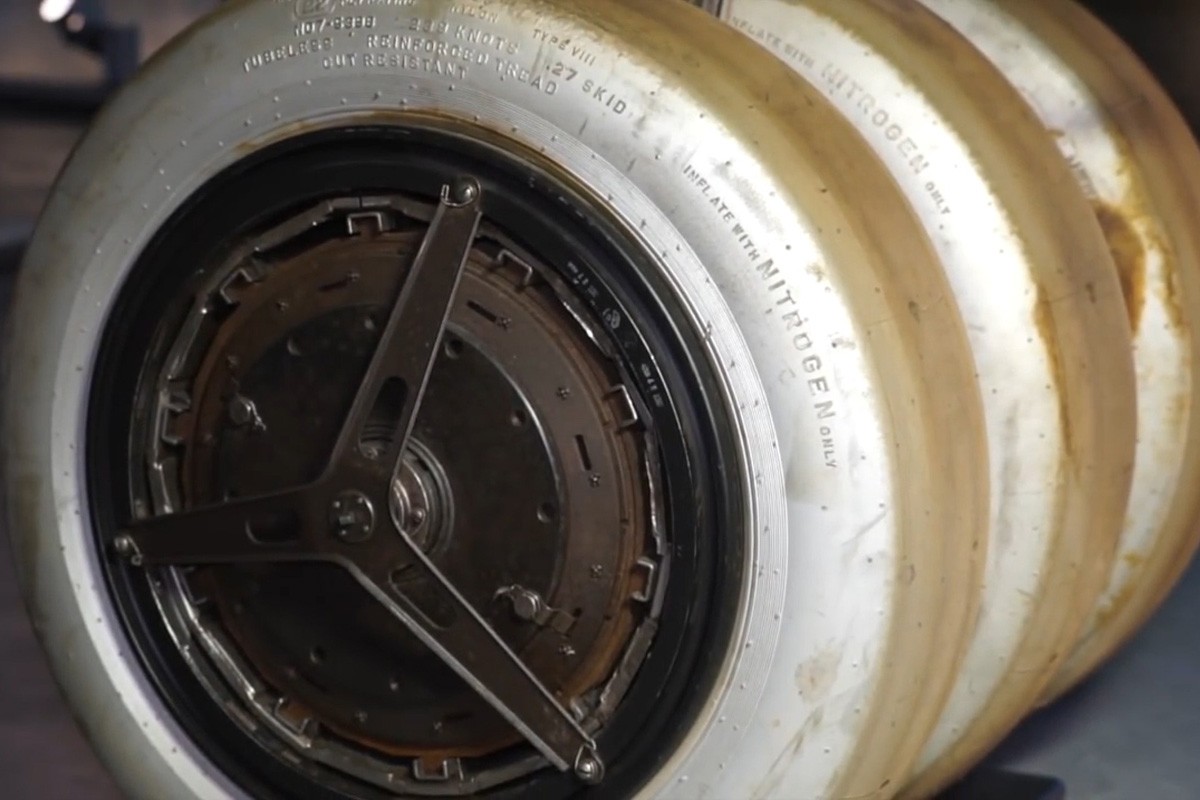
For countering this issue, the 415 lbs/sq inch tires, instead of oxygen were inflated with the pure nitrogen gas. In addition to inflating with nitrogen, these tires also were of 2-ply. To put this in perspective, a normal commercial airliner’s tires are only inflated for 200 pounds per square inch.

Average mission time was 2.5 to 4.5 hours:-
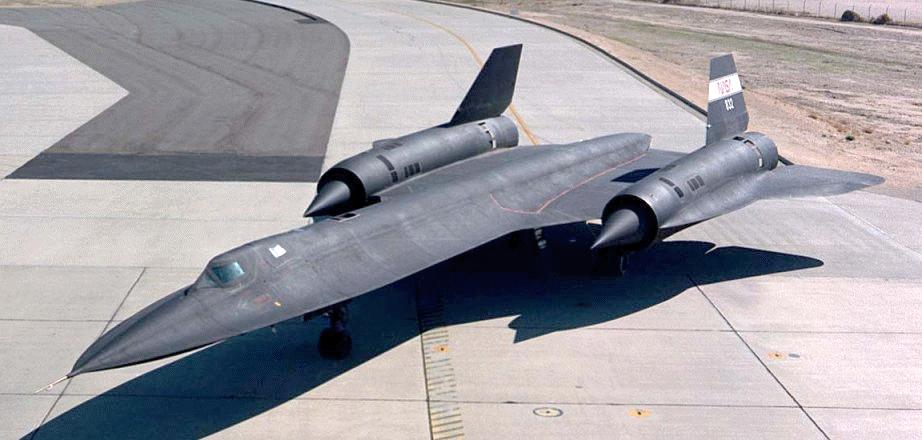
Some missions of SR-7 Blackbird lasted for a time period of 10 hours or even longer and such time would require them to be refueled 5 times. During such missions, the pilot had to be outfitted a special bladder that assisted them for urinating if need be. In addition to this, a tube was used to feed these pilots food from the helmet while another tube allowed them to drink. Still, this was not a standard mission time.
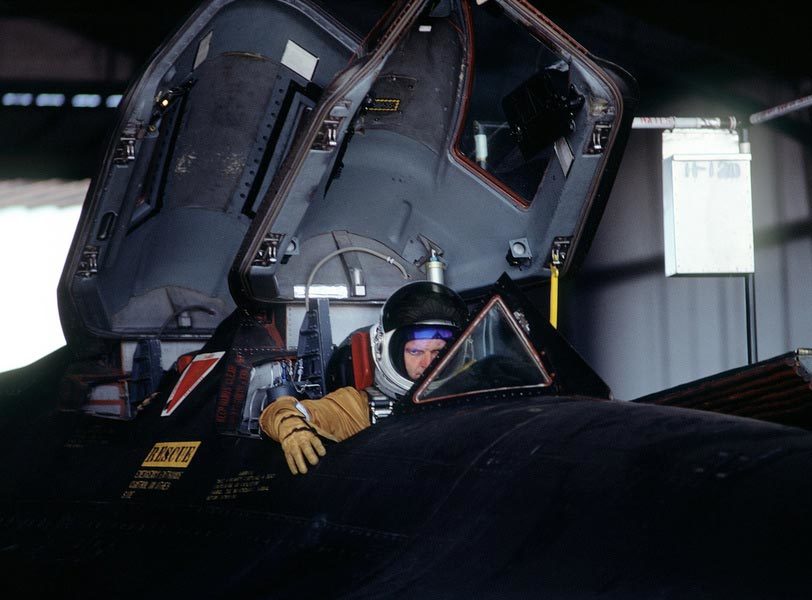
An average mission of Blackbird was an average of in between 2.5 to 4.5 hours that only needed 1 to 2 aerial refueling.
Flew Missions in East Coast and the Middle East:-
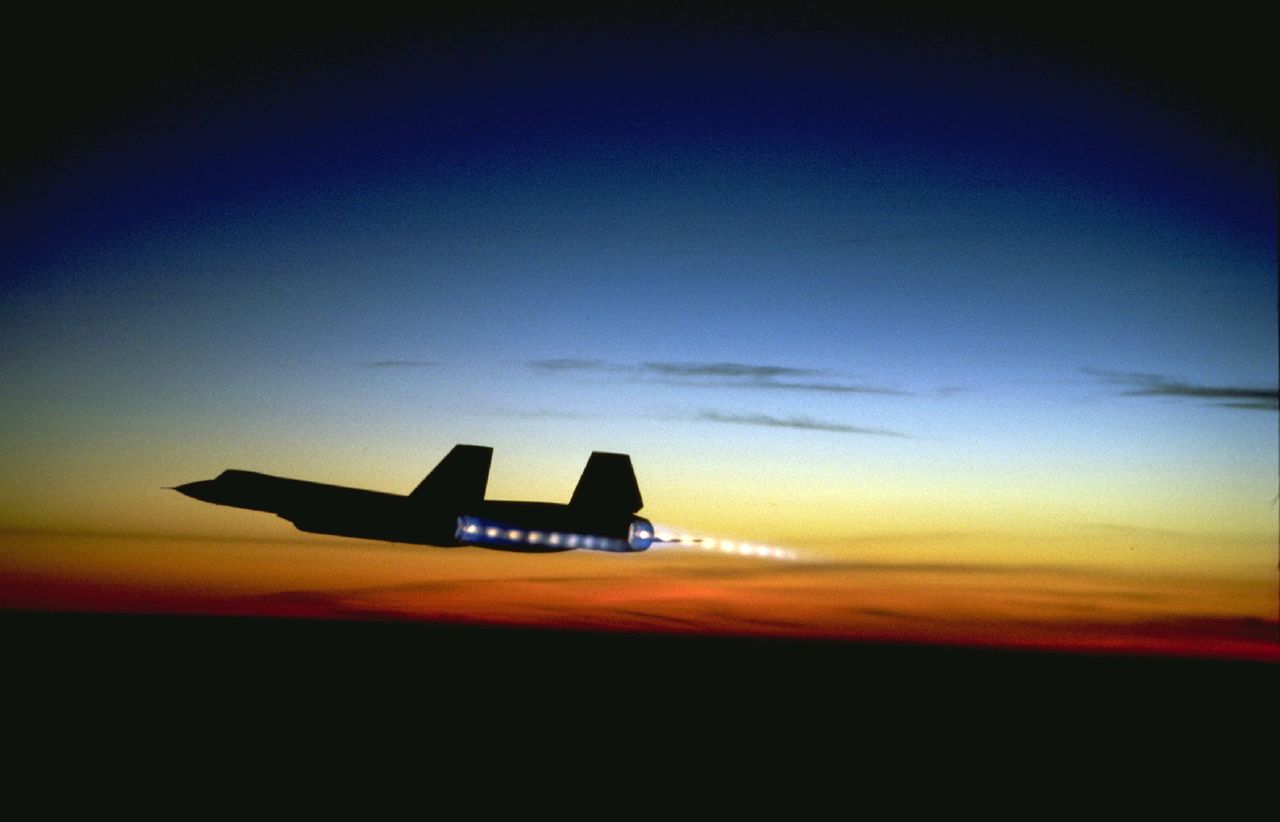
During the conflict of Arab and Israel, the SR-71 Blackbird had flown many missions from the East coast as well as the Middle East and then back home. These missions were very long when compared to normal 2 to 4 hours long missions and the pilots needed to lower the altitude to nearly 25000 feet each time for the refueling which was carried out after every 2 hours.
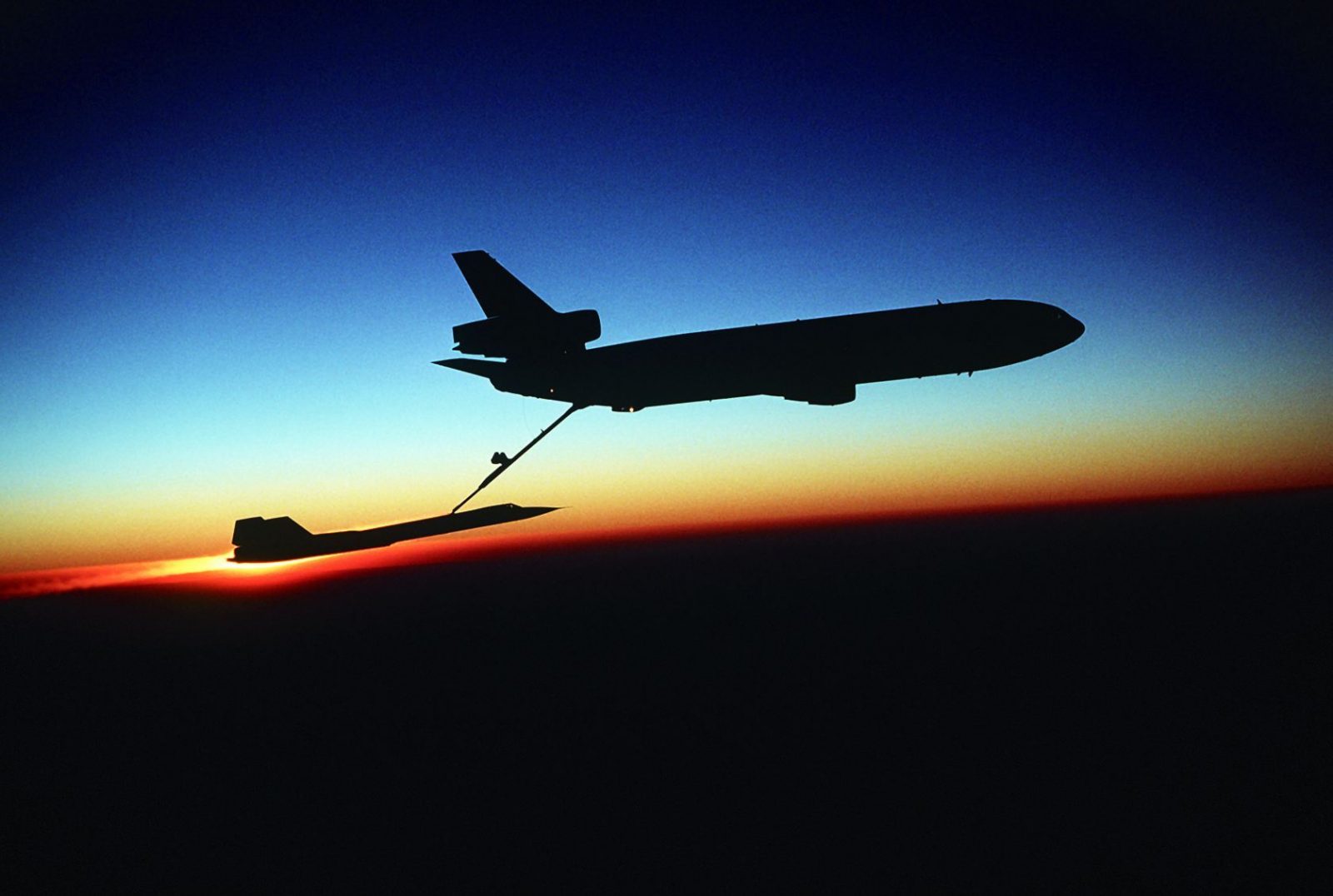
A former pilot of the Blackbird named Col. Jim Wilson wrote the aerial refueling need for the Blackbird in his Self-biography which is titled “SR-71 Mission to the Middle East”. He writes that one SR-71 Blackbird would need 16 of the Spain-based KC-135 Stratotankers for its five aerial refuelings.
Well, folks that is it for the day be sure to check out our other list of the surprising facts you didn’t knew about the Lockheed SR-71 Blackbird.
Related Content
Surprising Facts You Didn’t Knew About Lockheed SR-71 Blackbird
Innovative Features Of The Lockheed Martin F-35 Lightning II (Part 2)

